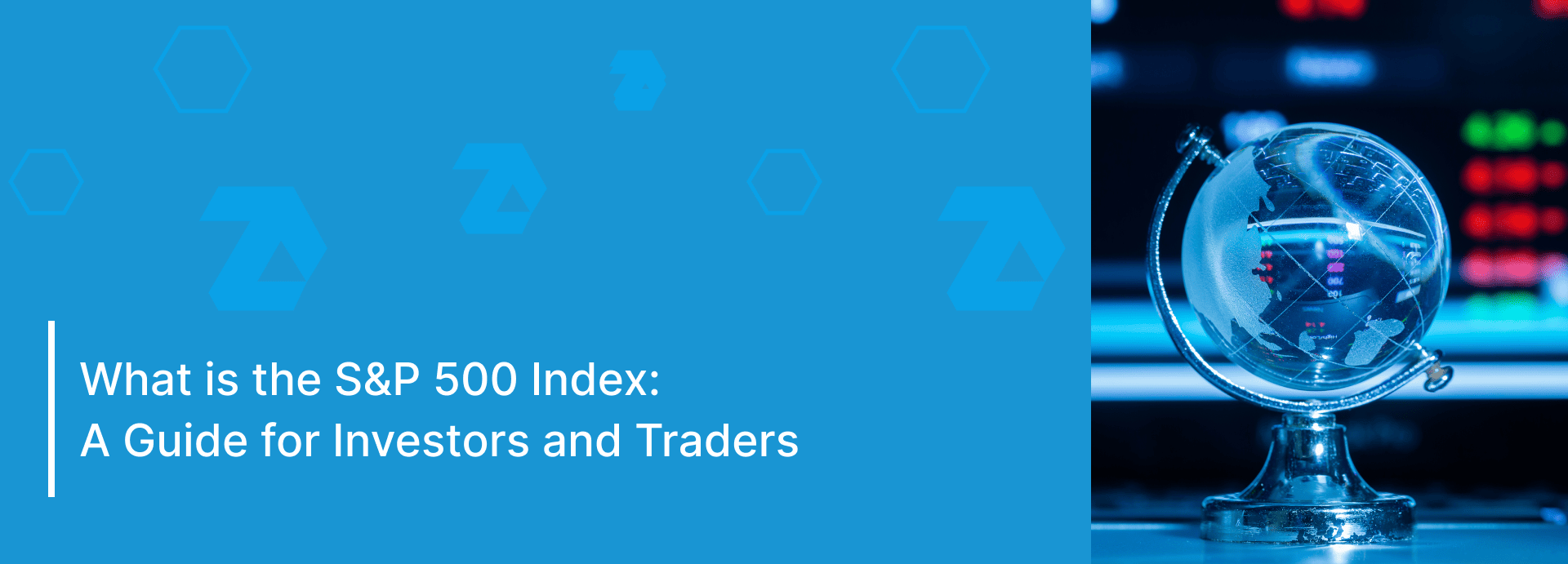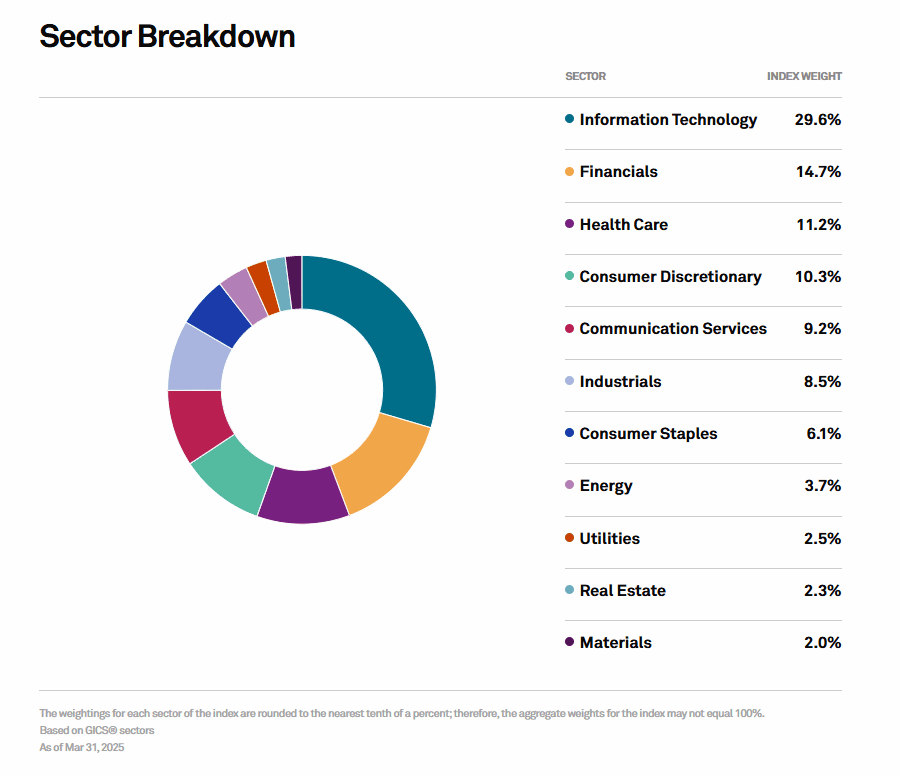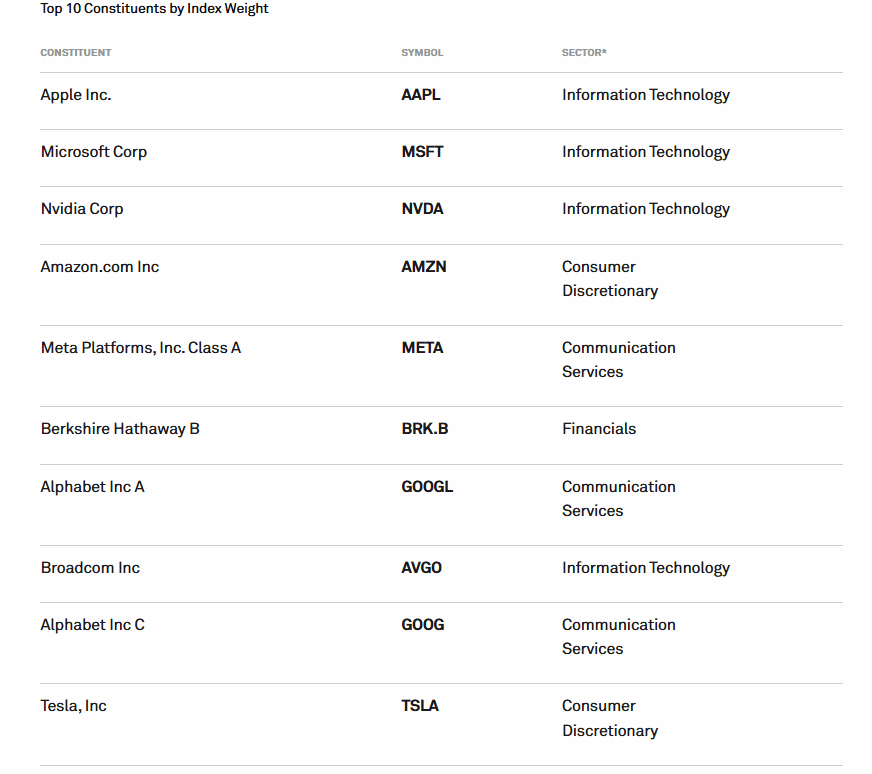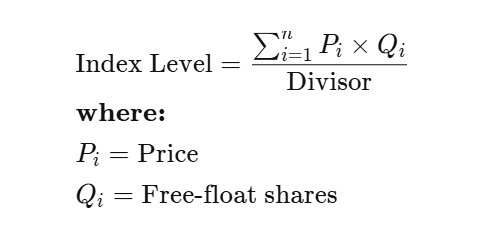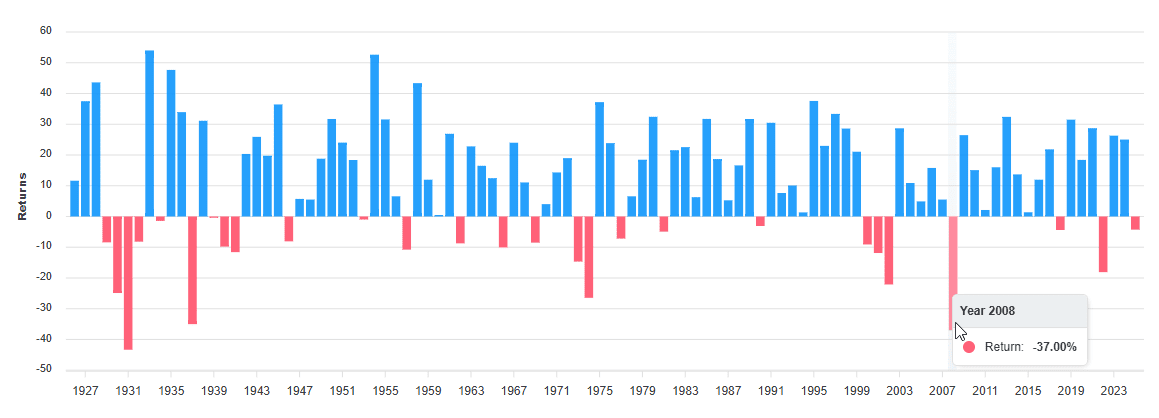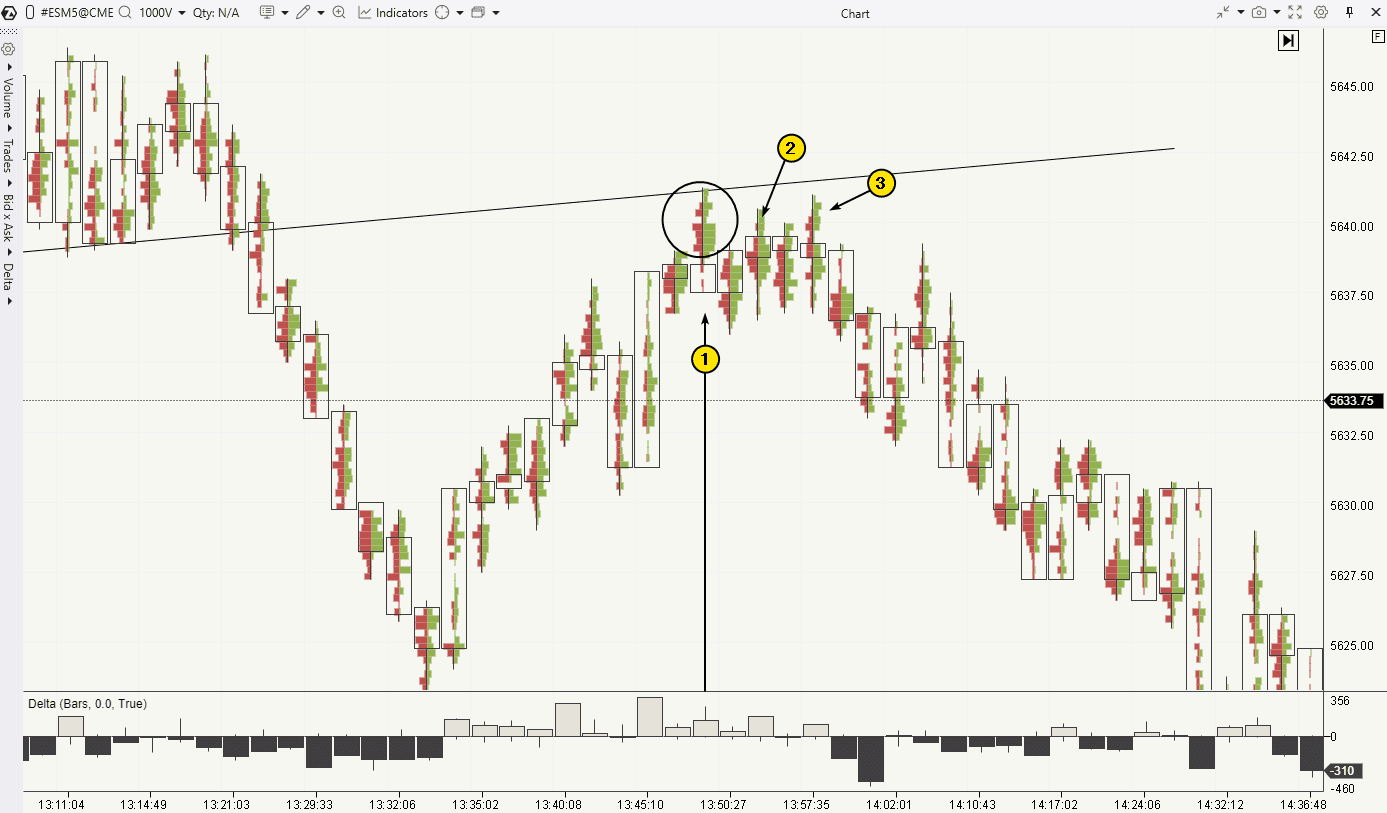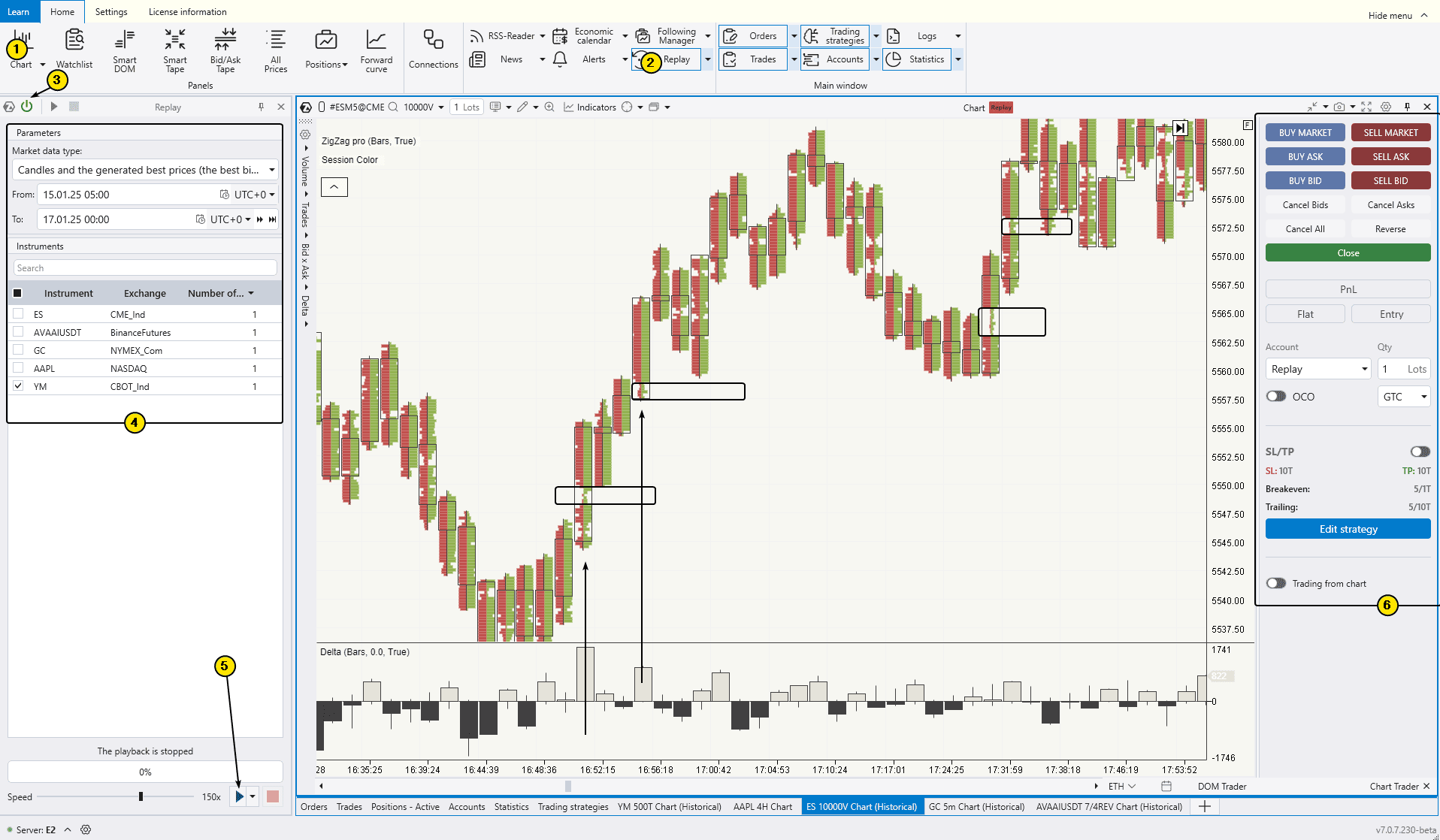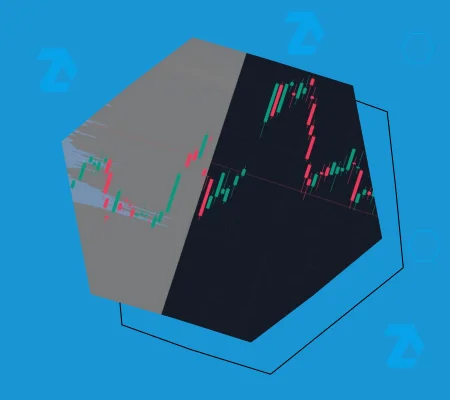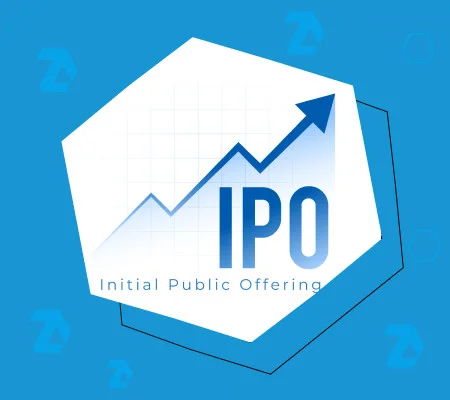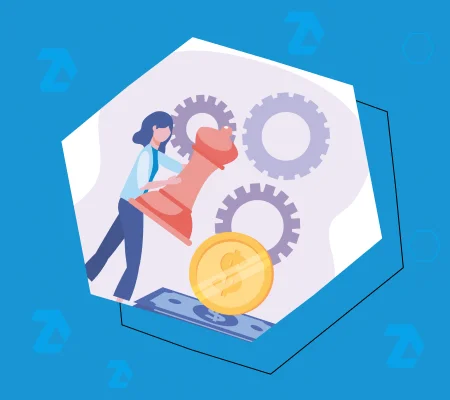Energy. The Energy sector is sensitive to fluctuations in oil prices. It tends to perform well when oil prices rise.
Examples of companies: Exxon Mobil (XOM), Chevron (CVX).
Materials. This sector is highly dependent on the economic cycle, thriving during periods of economic growth when there is an increased demand for construction and manufacturing.
Examples of companies: Dow (DOW), DuPont (DD).
Industrials. A capital-intensive sector that also depends on the economic cycle. It tends to grow during times of economic expansion.
Examples of companies: Boeing (BA), Caterpillar (CAT).
Consumer Discretionary. One of the most volatile sectors. It generally grows quickly during periods of economic prosperity when consumers are willing to spend more on non-essential goods.
Examples of companies: Amazon (AMZN), Nike (NKE).
Consumer Staples. This sector is relatively resilient to economic downturns, as products like food, beverages, and household goods are always in demand.
Examples of companies: Procter & Gamble (PG), Coca-Cola (KO).
Health Care. Less affected by economic cycles, as healthcare services and medications are in demand regardless of economic conditions.
Examples of companies: Johnson & Johnson (JNJ), Pfizer (PFE).
Financials. Highly sensitive to interest rates and overall economic conditions. While financial sector stocks can rise quickly during a bull market, they also face significant risks during financial crises.
Examples of companies: JPMorgan Chase (JPM), Goldman Sachs (GS).
Information Technology. One of the most dynamic and fast-growing sectors, consistently holding a large share within the S&P 500 index.
Examples of companies: Apple (AAPL), Microsoft (MSFT).
Communication Services. This sector reflects changes in communication methods and content consumption, heavily influenced by technological innovations.
Examples of companies: Google (Alphabet) (GOOGL), Facebook (Meta Platforms) (META).
Utilities. A stable sector, less susceptible to volatility, as utility services are essential and cannot be easily discarded.
Examples of companies: Duke Energy (DUK), Southern Company (SO).
Real Estate. Sensitive to interest rate changes, the real estate sector can provide stable income through rental payments but is also at risk during recessions.
Examples of companies: Simon Property Group (SPG), Welltower (WELL).

